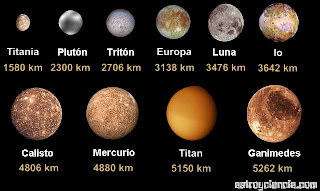sports trivia
1. what is your favorite sport?
a) football soccer b) voleyball c) basketball
2. do you think about voleyball?
a) it's boring b) it's excating c) it's hard
3. think... did you ever go to the any game? how did you feel?
a) i was excited b) it was borned c) i didn't feel something special
4. do you know who created the voleyball?
a) william george b) El dr. james naismith c) egypians
5. what do you think about wrestling?
a) it's dangerous b) it's great c) it's amazing
6. would you like do skydiving?
a) i don't think so, it's kind of dangerous b) it's a wonderfull idea c) i don't care
7. what would you like do?
a) boat racing b) snow tubing c) bodysurfing
8. do you practice any sports?
a) yes b) no
9. what kind of sport do you practice?
a) voleyball, soccer, basketball b) surfing, boat racing, body surfing c) box, wresting, cycling
10. what is the most important of do exercise?
a) to have a heatly life b) to be a strong person c) just a hobbie.
11. if i say, there´s some sport and it's exciting, it's great and little exhausting, you have to jump a lot, you have to be fast, and you have to have force and a lot of power on your arms and hands. what sport i'm describing?
a) football soccer b) voleyball c) basketball
2. do you think about voleyball?
a) it's boring b) it's excating c) it's hard
3. think... did you ever go to the any game? how did you feel?
a) i was excited b) it was borned c) i didn't feel something special
4. do you know who created the voleyball?
a) william george b) El dr. james naismith c) egypians
5. what do you think about wrestling?
a) it's dangerous b) it's great c) it's amazing
6. would you like do skydiving?
a) i don't think so, it's kind of dangerous b) it's a wonderfull idea c) i don't care
7. what would you like do?
a) boat racing b) snow tubing c) bodysurfing
8. do you practice any sports?
a) yes b) no
9. what kind of sport do you practice?
a) voleyball, soccer, basketball b) surfing, boat racing, body surfing c) box, wresting, cycling
10. what is the most important of do exercise?
a) to have a heatly life b) to be a strong person c) just a hobbie.
11. if i say, there´s some sport and it's exciting, it's great and little exhausting, you have to jump a lot, you have to be fast, and you have to have force and a lot of power on your arms and hands. what sport i'm describing?
a)
soccer
b) basketball
c) voleyball












